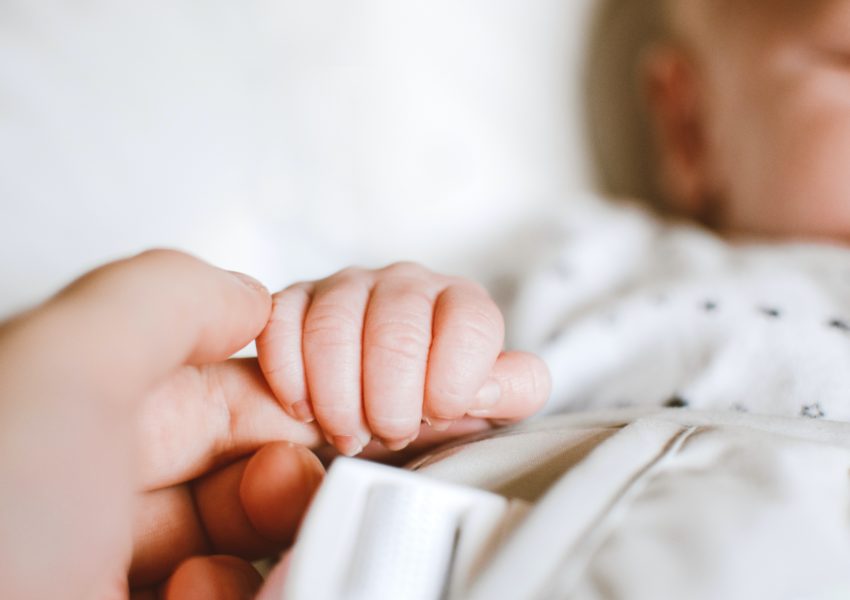This article discusses the factors influencing gender selection in Australia, including environmental and social factors, self-esteem, and perceptions around masks and health. It explores how gender stereotypes play a role in gender selection and how these stereotypes can impact the decisions people make. Additionally, the article looks at how gender studies and critical theories can be used to understand relevant theories that may explain why certain genders are chosen over others.
Furthermore, it outlines different themes and factors that can counter different factors influencing IVF gender selection, such as managerial perspective, women’s career progressions, identifying antecedents of stereotypes, and understanding the management of different aspects of gender selection.
Additionally, the study outlines the implications of gender bias in Australia and how it affects gender selection. It discusses how cultural gender stereotypes, environmental factors, and self-esteem can contribute to gender selection.
Moreover, differential social desirability and self-estimated intelligence are discussed as factors that explain gender selection in Australia. The study also suggests a pattern of men and women based on MHFH problem as a basis for further extension of the SEI model.
The perpetuation of gender inequalities in Australia is evident through the norms of gender inequality that have been consistently endorsed by Australian society. In recent years, these norms have been challenged as more Australians strive to create a more equitable society. Qualitative studies are needed to explore the associations between consistent gender differences and sex role identification in Australia. These studies should include both boys and girls as participants, challenging them to explore how different cultural and geographical settings may endorse different gender norms.

In Australia, exploring the factors that underlie gendered career choices should focus on changing girls’ perceptions of themselves and their gender specific interest profiles. Explaining female disadvantages in certain areas of study and choices needs to be done in terms of understanding over representation and describing different interests. It is important to note that subject choices may significantly affect gender disparities. The most important psychological mechanisms that have been used to explain these differences are men-women differences in self-efficacy beliefs, cognitive abilities, or even motivation. Recent research illustrates how improving interest in school or higher education STEM fields may be a way to reduce gender disparities and challenge the defective view of women’s intellectual potential. Overall, research has shown that by understanding the factors influencing gender selection we can pave the way for more equal opportunities for both men and women when it comes to educational pursuits and career choices.
By examining the shape of gender attitudes and explaining the gender gap, we can identify interpersonal relationship factors that may influence decisions about which subjects or careers to pursue. For example, female STEM professionals can provide a diverse evidence base for exploring gender selection in Australia. Our analysis suggests that the most important factors influencing gender selection are enablers and barriers related to women’s influence.
Further research is required to explore the interplay of these factors and how they contribute to gender selection. It is also important to extend our investigation into other domains, such as assuming more childcare responsibilities, girls’ education and women’s retrenchment, in order to examine future research trends. We should also exclude other potential effects such as gender differences, facing discrimination and higher labour market returns that might translate female advantage into a greater self-estimation effect or educational option. Our research further demonstrates that further research is needed in order to test potential moderators of gender selection in Australia.
Based on most studies, gender selection appears to be influenced by gender attitudes within the population, although there are few exceptions. Reported gender differences in community mask use among Aboriginal and non-Aboriginal populations in Australia have been noted in some research investigating differences between the two populations. Reported most authors suggest that risk factors may influence gender selection, while protective factors such as wearing masks may provide little information on the issue. It is also important to note that research investigating gender selection amongst Aboriginal and non-Aboriginal women in Australia has mainly been conducted using a cross-sectional study design. This type of design does not allow us to compare aboriginal rates with those of other countries or populations, or to determine whether cultural attitudes towards risk might be influencing these outcomes. Further research is needed to investigate how cultural attitudes towards risk and protective factors might influence gender selection amongst Aboriginal and non-Aboriginal women in Australia. Overall, it appears that further research is needed to explore the factors influencing gender selection in Australia among both Aboriginal and non-Aboriginal women. Research should focus on exploring potential moderators of gender selection such as risk attitudes, cultural norms around mask use, and protective factors such as access to health care services.
The factors influencing gender selection in Australia can be divided into socio-cultural, organisational, and family factors. These could include perpetuating gender discrimination, students’ perceptions around health risk factors such as age and gender of birth, weight at birth, prematurity, vaccination status and use of masks on the road. Additionally literature on the impact of gender selection on career progression should be explored to identify potential obstructions to progressions.
Finally further research is required to better understand the health related consequences that arise from gender selection. This research should draw upon existing literature as well as using quantitative methods such as surveys to collect data from individuals about their experiences around gender selection in Australia.

